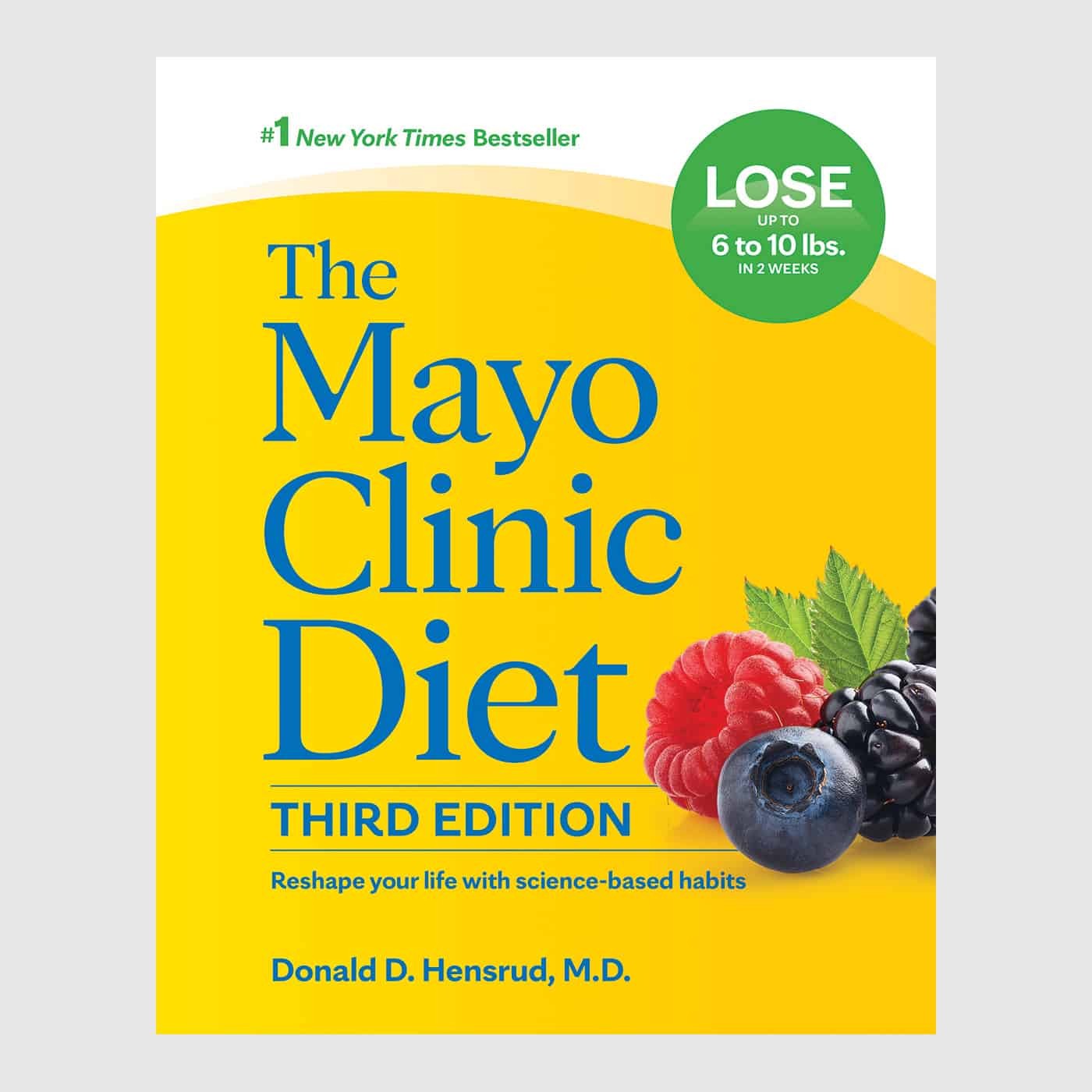Almond milk has surged in popularity as a dairy-free alternative, lauded for its low-calorie count and creamy texture. But amidst the hype, questions arise about its nutritional profile and potential drawbacks. If you’re wondering “Why Is Almond Milk Bad For You?”, it’s crucial to look beyond the marketing and delve into the facts. This article provides a balanced perspective, comparing almond milk to other milk options and highlighting key nutritional considerations to help you make informed choices.
Almond Milk vs. Cow’s Milk and Soy Milk: A Nutritional Showdown
To understand where almond milk stands, it’s essential to compare it with traditional cow’s milk and another popular plant-based alternative, soy milk. Let’s break down the key nutritional components:
Fat Content: Healthy Fats vs. Saturated Fats
Both almond milk and soy milk generally contain less fat than whole cow’s milk. Skim cow’s milk is very low in fat, but higher-fat dairy options contain saturated fat, which the American Heart Association recommends limiting.
- Cow’s Milk: Fat content varies significantly, from negligible in skim milk to higher levels in whole milk. Higher fat versions also contain cholesterol and saturated fat.
- Almond Milk: Typically contains 2-4 grams of fat per cup, primarily healthy monounsaturated and polyunsaturated fats.
- Soy Milk: Similar to almond milk, with 2-4 grams of predominantly healthy fats per cup.
While the fats in almond and soy milk are considered heart-healthy, it’s important to consider the overall fat content in your diet and choose options that align with your health goals.
Protein Content: The Protein Gap in Almond Milk
Protein is crucial for building and repairing tissues, and this is where a significant difference emerges. Cow’s milk and soy milk are excellent sources of protein, while almond milk is notably lower.
- Cow’s Milk: A powerhouse of protein, offering just over 8 grams per cup. Ultra-filtered cow’s milk can even boast around 13 grams of protein per cup.
- Soy Milk: The plant-based protein champion, providing about 7 grams of protein per cup, closely rivaling cow’s milk.
- Almond Milk: Lags significantly behind, with only about 1 gram of protein per cup in traditional varieties. Some newer brands fortify almond milk with pea protein to boost the protein content.
For individuals prioritizing protein intake, especially those with higher protein needs like athletes or those seeking satiety, almond milk alone might not be the most sufficient choice.
Calcium: Fortification vs. Natural Abundance
Calcium is vital for bone health, and dairy milk is naturally rich in it. Plant-based milks often require fortification to match dairy’s calcium levels.
- Cow’s Milk: Naturally contains around 300 milligrams (mg) of calcium per cup, readily absorbed by the body. Ultra-filtered versions can have even higher calcium content.
- Almond Milk: Typically fortified with calcium to match or exceed cow’s milk levels (around 300mg per cup). However, the presence of phytates in almonds might slightly hinder calcium absorption compared to dairy.
- Soy Milk: Often fortified with calcium to similar levels as cow’s milk. Phytates in soy might also slightly affect calcium absorption, although less significantly than in almond milk.
While fortified almond milk can be a source of calcium, the bioavailability might be a consideration. Ensuring a varied diet rich in other calcium sources is advisable.
Added Sugars: Hidden Sugars in Flavored Varieties
Unflavored, unsweetened versions of cow’s milk, soy milk, and almond milk are naturally low in added sugars. However, flavored and sweetened varieties can significantly increase sugar intake.
- Unflavored Cow’s Milk: Contains lactose, a naturally occurring milk sugar, but no added sugars. Ultra-filtered milk may have reduced lactose content.
- Unsweetened Almond and Soy Milk: Contain no added sugars.
- Sweetened/Flavored Almond and Soy Milk: Can contain 4 to over 20 grams of added sugars per serving.
Reading Nutrition Facts labels is crucial to avoid excessive added sugar consumption. Opting for unsweetened varieties allows for better control over sugar intake.
Potential Downsides of Almond Milk: Addressing the “Bad” Question
While not inherently “bad,” almond milk has certain characteristics that might be considered downsides for some individuals:
Low Protein Content: Not a Protein Equivalent to Dairy or Soy
As highlighted earlier, the significantly lower protein content in traditional almond milk is a major nutritional difference. For those relying on milk as a protein source, almond milk falls short compared to cow’s milk or soy milk. This can be particularly important for:
- Growing children and teenagers: Require adequate protein for growth and development.
- Active individuals and athletes: Need protein for muscle repair and recovery.
- Older adults: Protein is crucial for maintaining muscle mass and preventing age-related muscle loss.
- Individuals seeking satiety: Protein contributes to feelings of fullness, and almond milk’s low protein content might not be as satisfying as higher-protein alternatives.
Nutrient Density Compared to Dairy and Soy
Beyond protein, cow’s milk and soy milk are naturally richer in various nutrients. While almond milk is often fortified, it doesn’t naturally contain the same breadth of nutrients as its counterparts.
Additives and Thickeners: Potential Sensitivities
Some almond milk brands contain additives like carrageenan, gums (such as gellan gum or xanthan gum), and emulsifiers to improve texture and shelf life. While generally recognized as safe, some individuals may experience digestive sensitivities or allergic reactions to these additives. Choosing brands with minimal ingredients can mitigate this concern.
Environmental Concerns: Water Usage
Almond production is water-intensive, particularly in drought-prone regions like California, where a significant portion of the world’s almonds are grown. This environmental impact is a valid concern for environmentally conscious consumers. However, it’s worth noting that all food production has environmental impacts, and the water footprint of almond milk needs to be considered within the broader context of agricultural sustainability.

Alt text: The Mayo Clinic Diet Third Edition book cover. Learn more about healthy eating and nutritional choices from Mayo Clinic Press.
Making Informed Choices: How to Choose Almond Milk Wisely
Almond milk can be a part of a healthy diet, especially for those seeking dairy-free options. To maximize its benefits and minimize potential downsides, consider these tips:
- Opt for Unsweetened Varieties: Minimize added sugar intake by choosing unsweetened almond milk. You can always add your own sweetener in moderation if needed.
- Choose Fortified Options: Ensure your almond milk is fortified with calcium and vitamin D to bridge the nutritional gap compared to dairy.
- Read Labels Carefully: Pay attention to the ingredient list and Nutrition Facts label. Look for minimal additives and be mindful of added sugar content. Consider protein content if it’s a priority for you.
- Consider Protein Sources Elsewhere: If relying on almond milk, ensure you obtain adequate protein from other dietary sources like legumes, nuts, seeds, tofu, or lean meats.
Conclusion: Almond Milk in Perspective
Almond milk is not inherently “bad,” but it’s not a nutritional equivalent to cow’s milk or soy milk, particularly in terms of protein. It can be a suitable choice for those seeking a low-calorie, dairy-free beverage, provided you are aware of its nutritional profile and choose wisely. For optimal nutrition, prioritize unsweetened, fortified varieties and ensure a balanced diet that meets your individual protein and nutrient needs. Ultimately, the “best” milk depends on your personal dietary requirements, preferences, and health goals.
